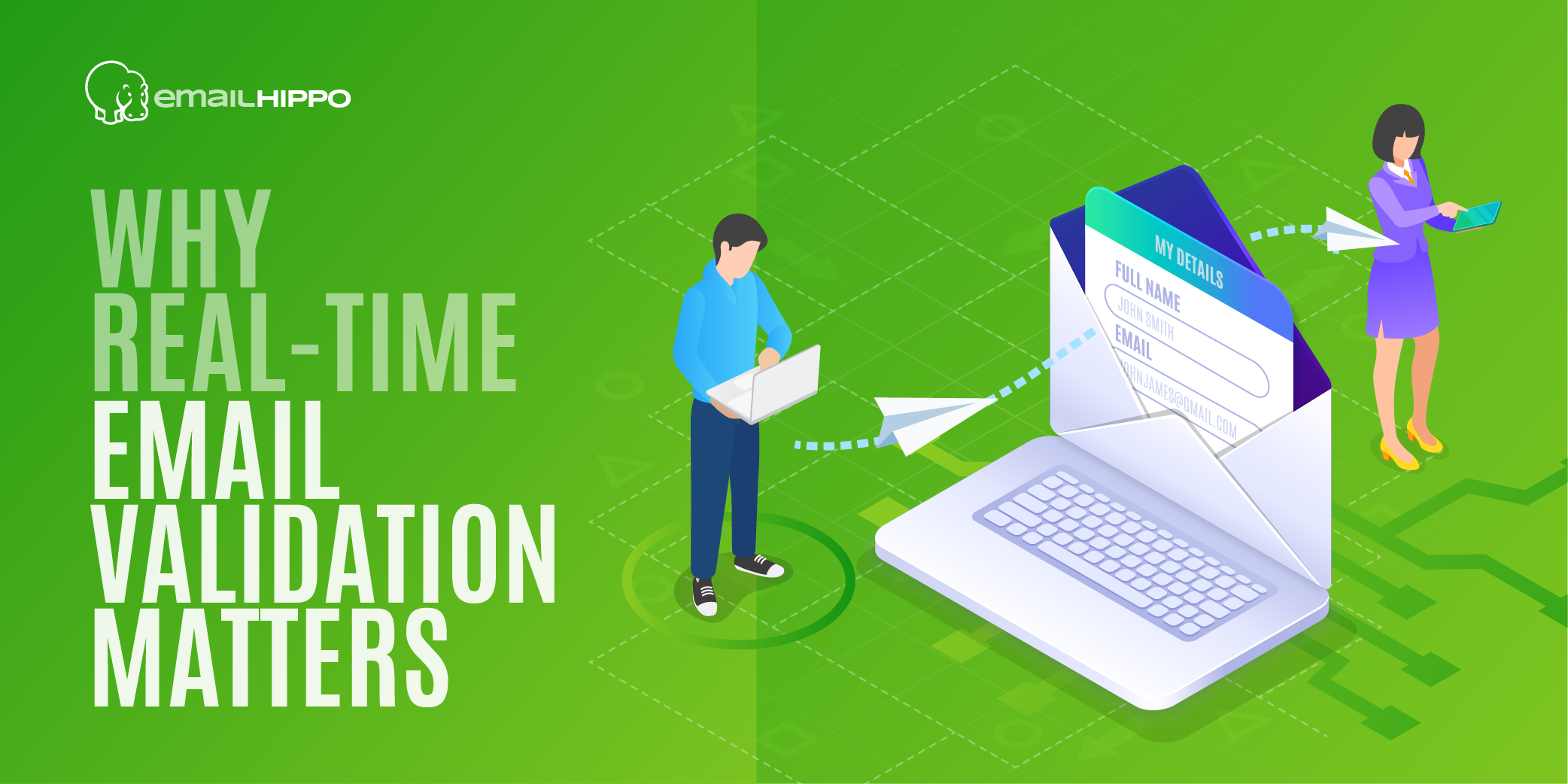Spam trap email addresses - what are they?
Hooray for spam traps!
They are sentinels for internet email marketing control. Spam traps are a tool to catch out individuals and organisations that send spam emails.
Internet Service Providers and organisations that help keep the internet unclogged and safe create email addresses that act as fishing nets, left sitting wide open and hovering in cyberspace, waiting to receive email.
- Genuine spam traps are good
- Fear of spam traps is blown out of proportion
Here’s how spam traps work
‘Someone’ picks an email address and decides it is a spam trap. The email address isn’t used for regular email interaction, it’s not used to sign up for services or in transactions. It’s basically invisible. The inbox is monitored and anyone who sends to it must therefore be sending spam. The IP addresses of the worst offenders are added to blocklists / blacklists which are used to vet incoming mail.
Some spam traps are known to email validation companies and lists are updated so you can cross-check your data against a list of these known spam traps and remove them from your list.
Spam traps don’t opt-in to mailing lists, so if you are only growing your list by opt-in then you shouldn’t stumble across traps.
If you are sending genuine emails with good intent and your IP address gets on a blocklist it’s not the end of the world. Most lists block IP addresses for a specific period of time, or until the IP owner gets in touch and asks to be removed from the list.
Spam trap facts to help email list management
Spam traps come in different forms. The ones most often talked about are regular email addresses used by internet service providers and other organisations that police the internet.
Spam traps catch emails sent without permission and/or at high volumes. Tracking spam traps identifies servers that are sending spam, and servers that are badly set up and potentially vulnerable to being used as mules for fraud attacks. Guilty servers have their IP addresses blocked so they can't send more junk. Simple, effective, automatic.
Spam traps defend against web scraping
System managers use spam traps too. By adding designated spam trap email addresses to website code they can spot companies that scrape email data from websites and block incoming mail from guilty parties. After all, emails that have been scraped haven’t opted in. The risks of being caught by a web scraping spam trap involve IP address blocking and also being reported for data privacy violations.
Personal spam traps
Your customers might use spam traps too. Their very own personal choice of email address(es) that they use to sign up for specific contact reasons. Companies that send emails outside of opt-in promises can then be on the receiving end of customer complaints. This micro spam trap level isn’t detectable, you can't check your list against it. It’s influenced by the relationship you have with customers, how you keep your word about contact preferences, and how you manage the housekeeping of your lists. In Europe, high profile cases of companies being fined for breaking GDPR laws have been triggered by just ONE spam report.
Malicious spam traps
These traps are email addresses and domains that set out to actively harvest emails and place the IP addresses associated on a block list. Removal from the list is only possible through payment. Our email verification identifies domains and email addresses associated with this activity.
Learn more about why email verification is essential for your business
Spam traps are continually changing, impossible to predict and the influence of them has different reaches, depending on who is operating them and for what purpose.
Malicious spam traps - learn about Magic Spam and UCE Protect
Using email validation in your sign-up forms - MORE email validation API






